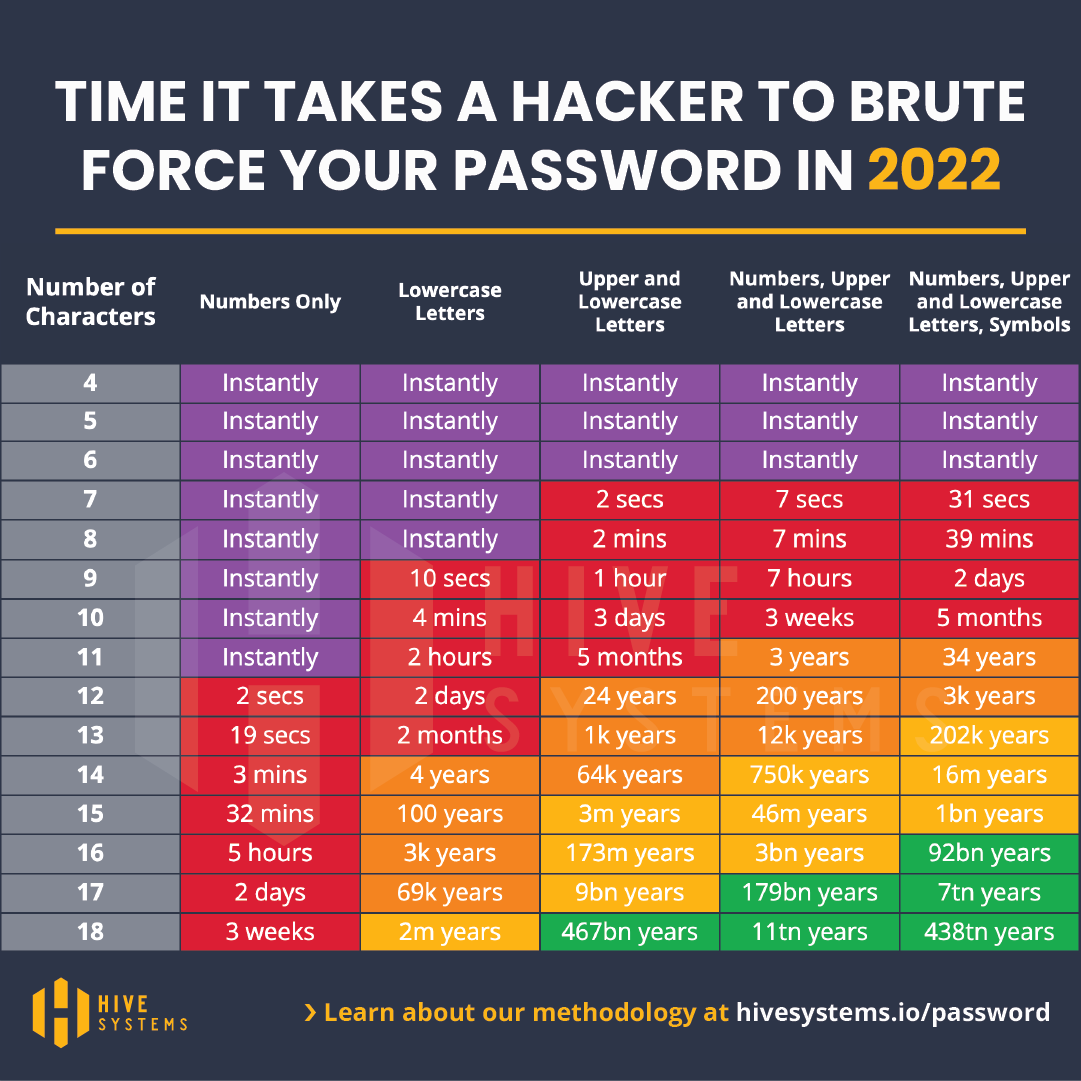Italy’s data privacy watchdog said it will fine the controversial facial recognition firm Clearview AI for breaching EU law. An investigation by Garante, Italy’s data protection authority, found that the company’s database of 10 billion images of faces includes those of Italians and residents in Italy. The New York City-based firm is being fined €20 million, and will also have to delete any facial biometrics it holds of Italian nationals.
This isn’t the first time that the beleaguered facial recognition tech company is facing legal consequences. The UK data protection authority last November fined the company £17 million after finding its practices—which include collecting selfies of people without their consent from security camera footage or mugshots—violate the nation’s data protection laws. The company has also been banned in Sweden, France and Australia.
The accumulated fines will be a considerable blow for the now five-year old company, completely wiping away the $30 million it raised in its last funding round. But Clearview AI appears to be just getting started. The company is on track to patent its biometric database, which scans faces across public internet data and has been used by law enforcement agencies around the world, including police departments in the United States and a number of federal agencies. A number of Democrats have urged federal agencies to drop their contracts with Clearview AI, claiming that the tool is a severe threat to the privacy of everyday citizens. In a letter to the Department of Homeland Security, Sens. Ed Markey and Jeff Merkley and Reps. Pramila Jayapal and Ayanna Pressley urged regulators to discontinue their use of the tool.
“Clearview AI reportedly scrapes billions of photos from social media sites without permission from or notice to the pictured individuals. In conjunction with the company’s facial recognition capabilities, this trove of personal information is capable of fundamentally dismantling Americans’ expectation that they can move, assemble, or simply appear in public without being identified,” wrote the authors of the letter.
Despite losing troves of facial recognition data from entire countries, Clearview AI has a plan to rapidly expand this year. The company told investors that it is on track to have 100 billion photos of faces in its database within a year, reported The Washington Post. In its pitch deck, the company said it hopes to secure an additional $50 million from investors to build even more facial recognition tools and ramp up its lobbying efforts.
Source: Italy slaps facial recognition firm Clearview AI with €20 million fine | Engadget

